
The perpetual DEX landscape has evolved rapidly, especially when it comes to synthetic stock trading. As more traders look to access U. S. equities and global stocks 24/7 without relying on centralized intermediaries, the best perp DEXs for synthetic stocks have stepped up with deeper liquidity, tighter spreads, and innovative on-chain features. In this 2024 comparison guide, I’ll break down the top platforms, their unique strengths, and what sets them apart for synthetic stock traders.

Why Perpetual DEXs for Synthetic Stocks?
Perpetual decentralized exchanges (perp DEXs) let you trade synthetic assets that track real-world stocks like Apple, Tesla, or S and P 500 indices. Unlike traditional brokers, these platforms offer:
- 24/7 markets with no downtime or banking holidays
- Permissionless access and no KYC
- Leverage and composability with DeFi tools
- Direct on-chain settlement and transparency
But not all perp DEXs are created equal. To help you compare perpetual exchanges, I’ve focused on five standout platforms leading the charge in synthetic stock trading DEX innovation.
Top 5 Perp DEXs for Synthetic Stock Trading (2024)
-
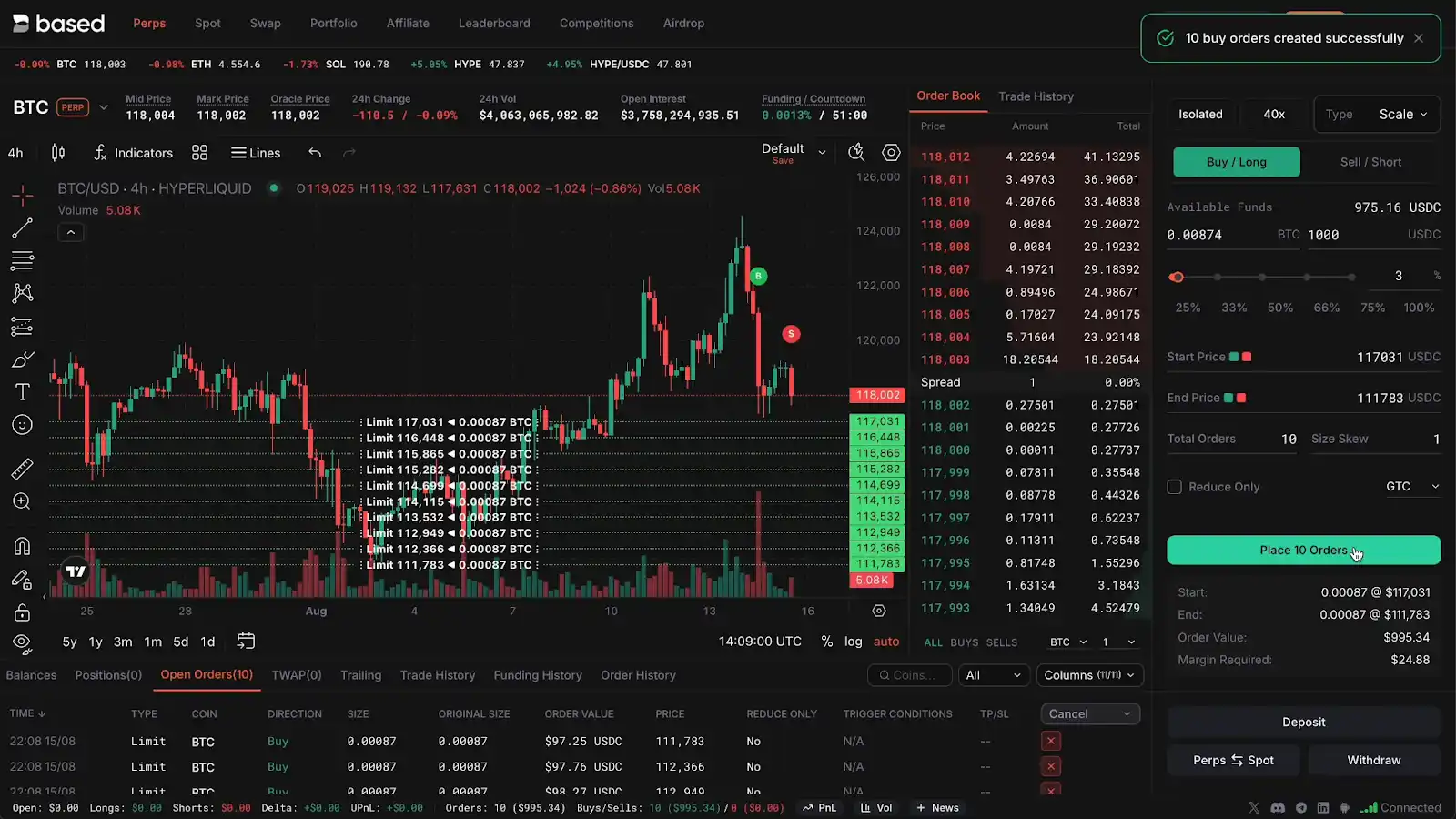
dYdX offers over 220 perpetual markets, including a wide range of synthetic stocks. With a cumulative trading volume of $149 billion, dYdX runs on a Cosmos-based chain for low latency and robust performance. Traders benefit from up to 50x leverage, a secure environment, and an intuitive interface.
-
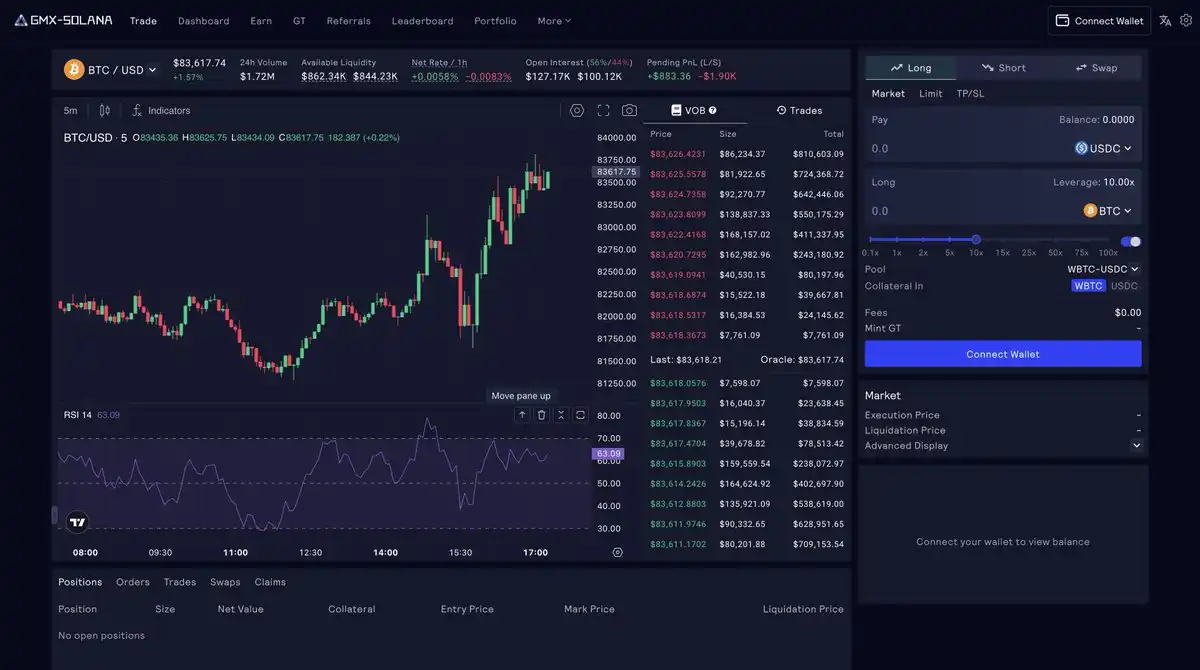
GMX operates on Arbitrum and Avalanche, supporting perpetual trading of major assets, including synthetic stocks. The platform boasts a GLP multi-asset pool for deep liquidity, zero-slippage trades, and up to 50x leverage. Its recent 30-day trading volume is $6.02 billion.
-
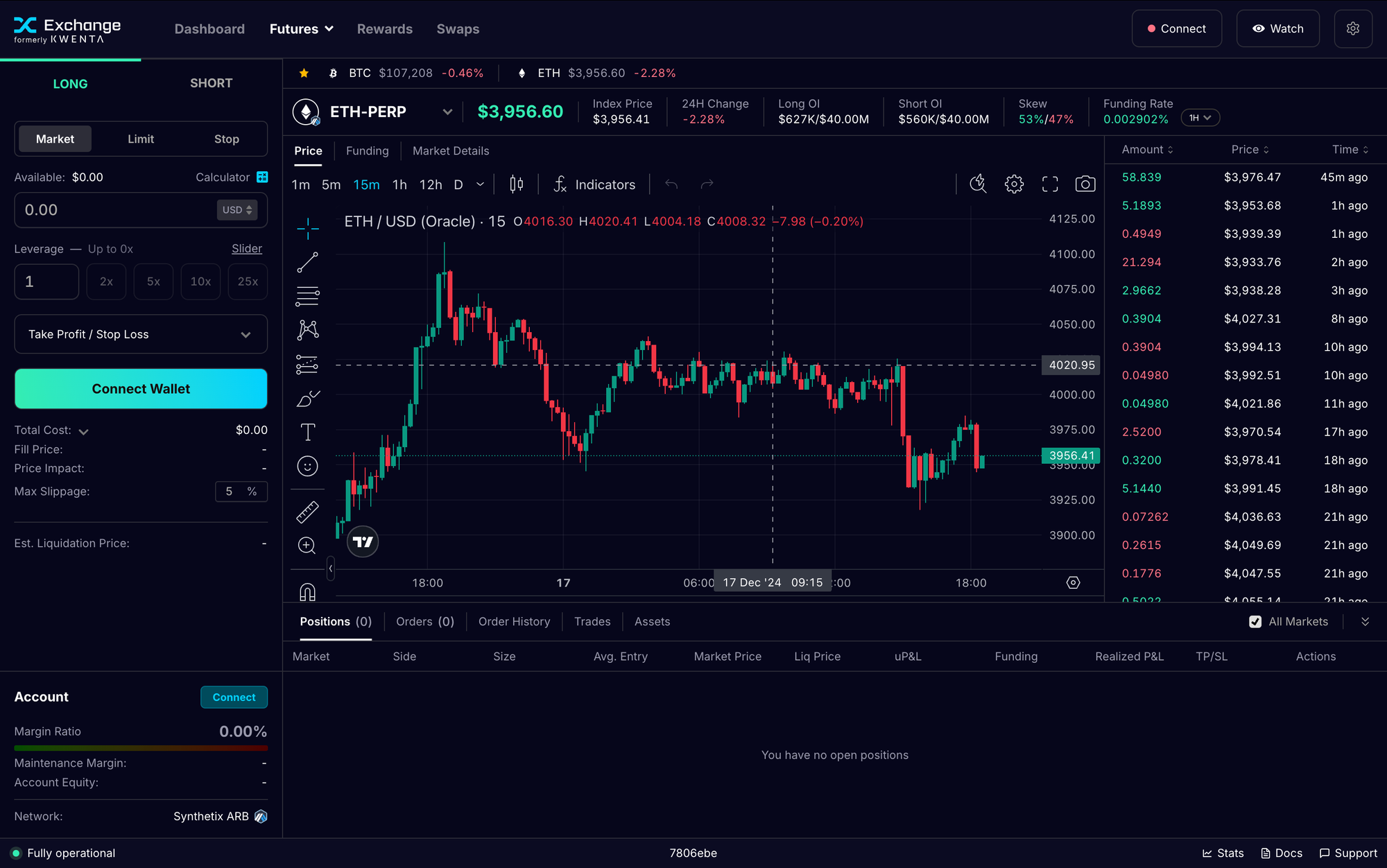
Synthetix (Perps V3) is a pioneer in synthetic asset protocols, enabling decentralized trading of synthetic stocks and other assets. Perps V3 introduces improved liquidity, lower fees, and more flexible collateral options. The protocol is integrated with front-ends like Kwenta for a seamless trading experience.
-
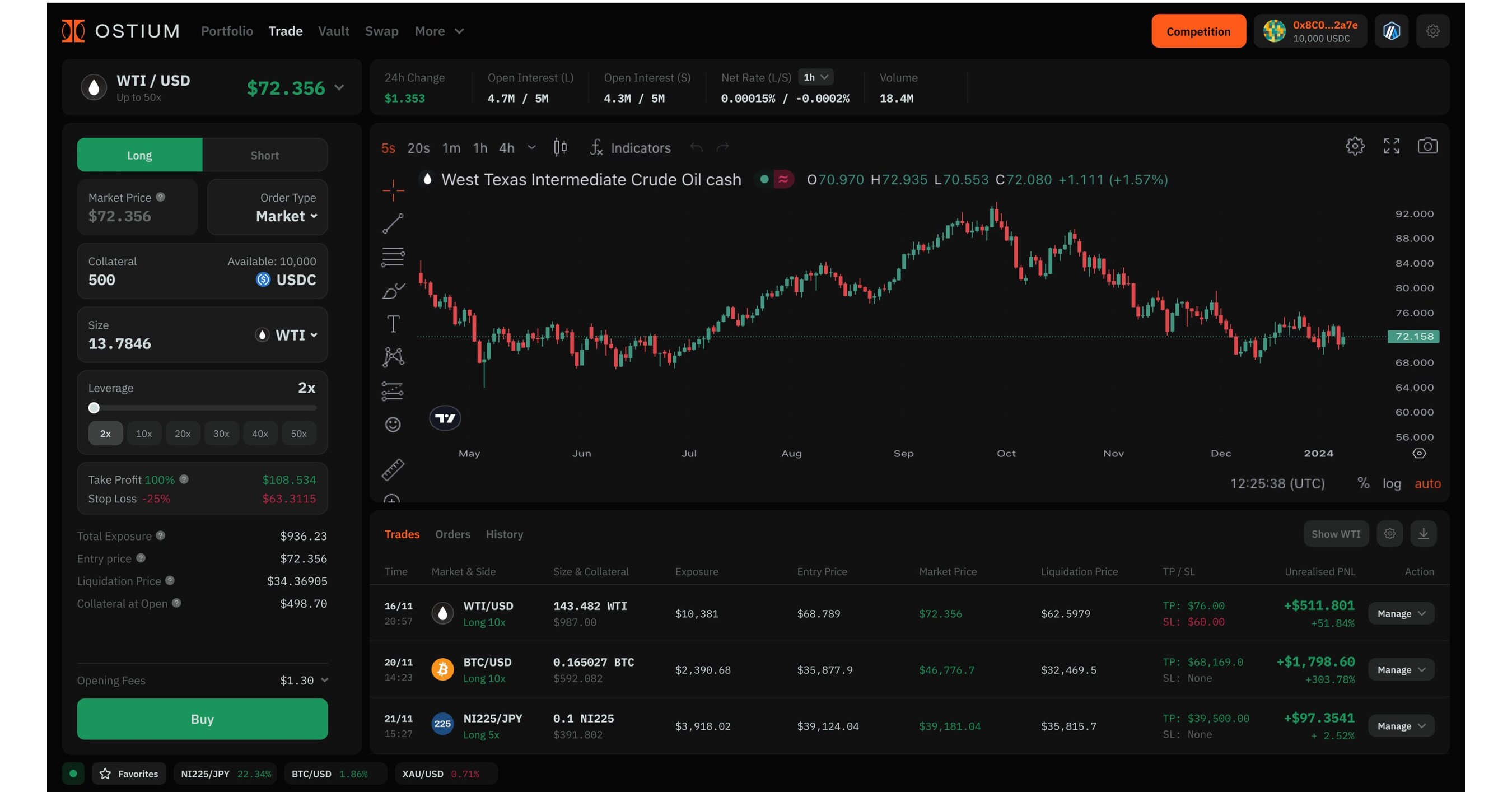
Ostium Labs specializes in decentralized perpetual contracts for real-world assets (RWA), including synthetic stocks. Built on a decentralized protocol, Ostium Labs offers leverage trading and innovative features tailored for synthetic equity exposure.
-
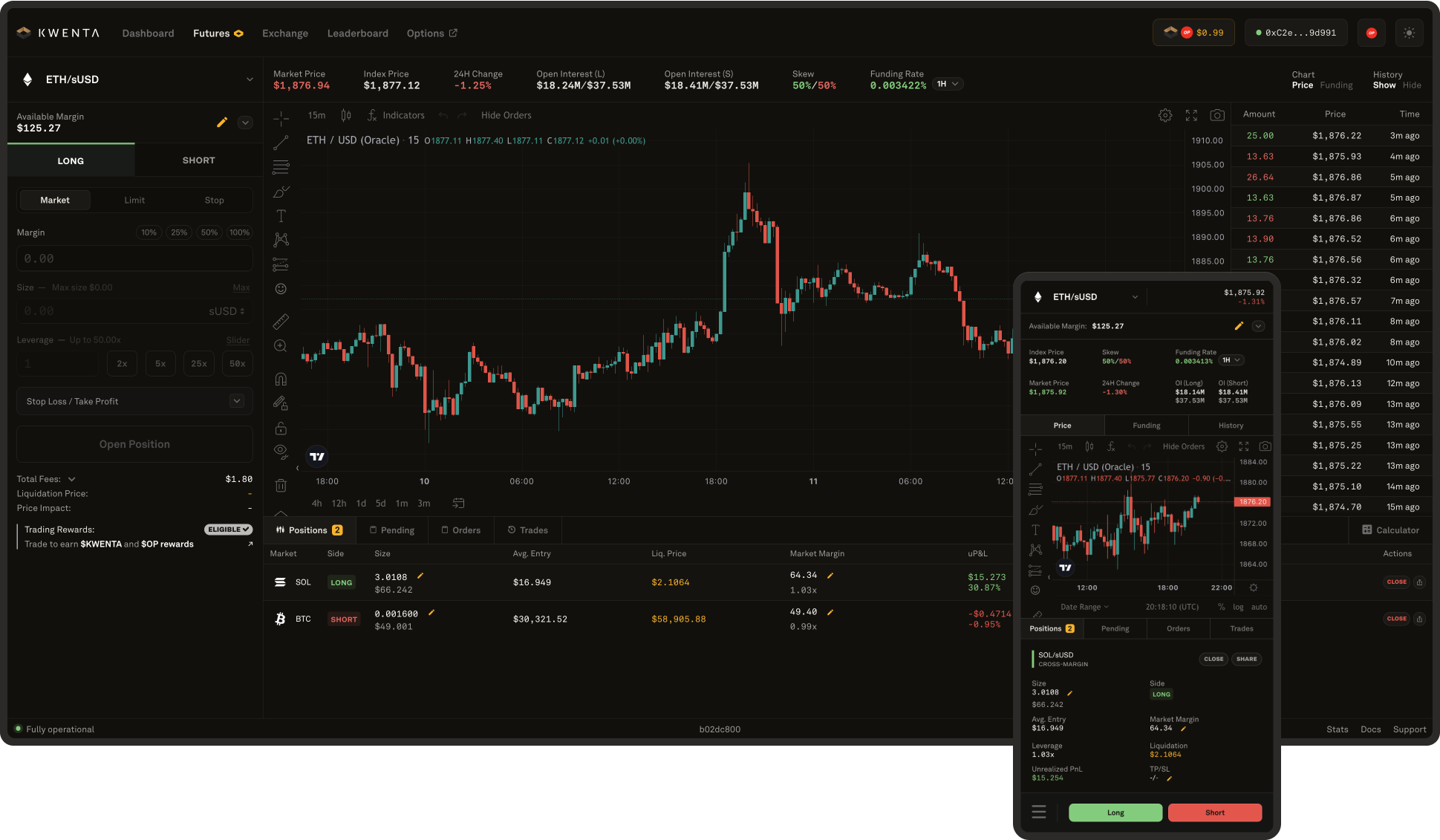
Kwenta is a leading front-end for Synthetix Perps V3, providing access to synthetic stock trading with advanced risk management tools. Kwenta features a user-friendly interface, competitive fees, and supports multi-chain trading on networks like Optimism and Base.
dYdX: The Perennial Powerhouse
dYdX remains a top choice for perpetual traders seeking deep liquidity and a familiar order book experience. After migrating to its own Cosmos-based chain, dYdX has improved latency and throughput, supporting over 220 perpetual markets, including a growing roster of synthetic stocks. Traders benefit from up to 50x leverage, robust risk controls, and a security track record that’s hard to beat. The UI is clean and the onboarding friction is minimal, making it approachable for both seasoned and new traders.
For those interested in how dYdX handles synthetic equity markets, check out our in-depth breakdown: How to Trade Perpetual Stock Futures on Decentralized Exchanges.
GMX: Zero-Slippage Perps and Synthetic Exposure
GMX has carved out a loyal following thanks to its unique liquidity model. Built on Arbitrum and Avalanche, GMX uses a multi-asset GLP pool to offer zero-slippage trades on major assets, including synthetic stocks. While its market selection is narrower than dYdX, GMX’s execution is blazingly fast, and its fee structure is transparent. With up to 50x leverage and a focus on capital efficiency, GMX is a favorite for traders who want predictable execution and on-chain transparency.
If you want to compare perp DEX fees and liquidity, GMX is a benchmark, see how it stacks up in our feature comparison: Best Perpetual DEXs for Synthetic Stock Trading in 2024: Features, Fees, and Security Compared.
Synthetix (Perps V3): The OG of Synthetic Assets
Synthetix pioneered on-chain synthetic assets, and its Perps V3 upgrade has cemented its relevance in the perpetual DEX race. With deep liquidity for synthetic stocks and indices, Synthetix enables permissionless creation and trading of synths that mirror popular equities. The protocol’s decentralized oracle system ensures accurate pricing, while new margining options in V3 provide more flexibility. Synthetix’s integration with front-ends like Kwenta and Polynomial makes it accessible for traders who want exposure to synthetic stocks with a DeFi-native twist.
Curious how synthetic perp stocks actually work? Dive into our explainer: How Synthetic Perp Stocks Work: Accessing U. S. Equities from DeFi via Perp DEXs.
Ostium Labs: Real-World Asset (RWA) Synthetics with a DeFi Edge
Ostium Labs is making waves as a next-gen protocol focused on decentralized trading of real-world assets, including synthetic perpetual contracts for stocks. Founded in 2022, Ostium leverages a robust oracle framework and innovative collateralization models to deliver synthetic stock exposure with up to 20x leverage. The platform stands out for its MEV-resistant execution, transparent fee structure, and commitment to composability within the broader DeFi ecosystem. While still growing its user base and liquidity compared to giants like dYdX or GMX, Ostium’s focus on RWA perps positions it as a compelling alternative for traders seeking new markets and diversification.
Kwenta: Smart Order Routing Meets Synthetic Stock Trading
Kwenta serves as the premier front-end for Synthetix Perps V3 but deserves its own spotlight. It offers a seamless trading interface for synthetic stocks, indices, and more, combining advanced order types with deep liquidity from the Synthetix protocol. Kwenta’s smart order routing ensures efficient execution even in volatile markets, while integrated analytics help traders manage risk and spot opportunities. The platform supports up to 50x leverage on select synthetic equities and features non-custodial wallets for maximum control. Kwenta’s community-driven governance also means new stock synths are added based on trader demand.
Pros & Cons of Top Perp DEXs for Synthetic Stocks
-
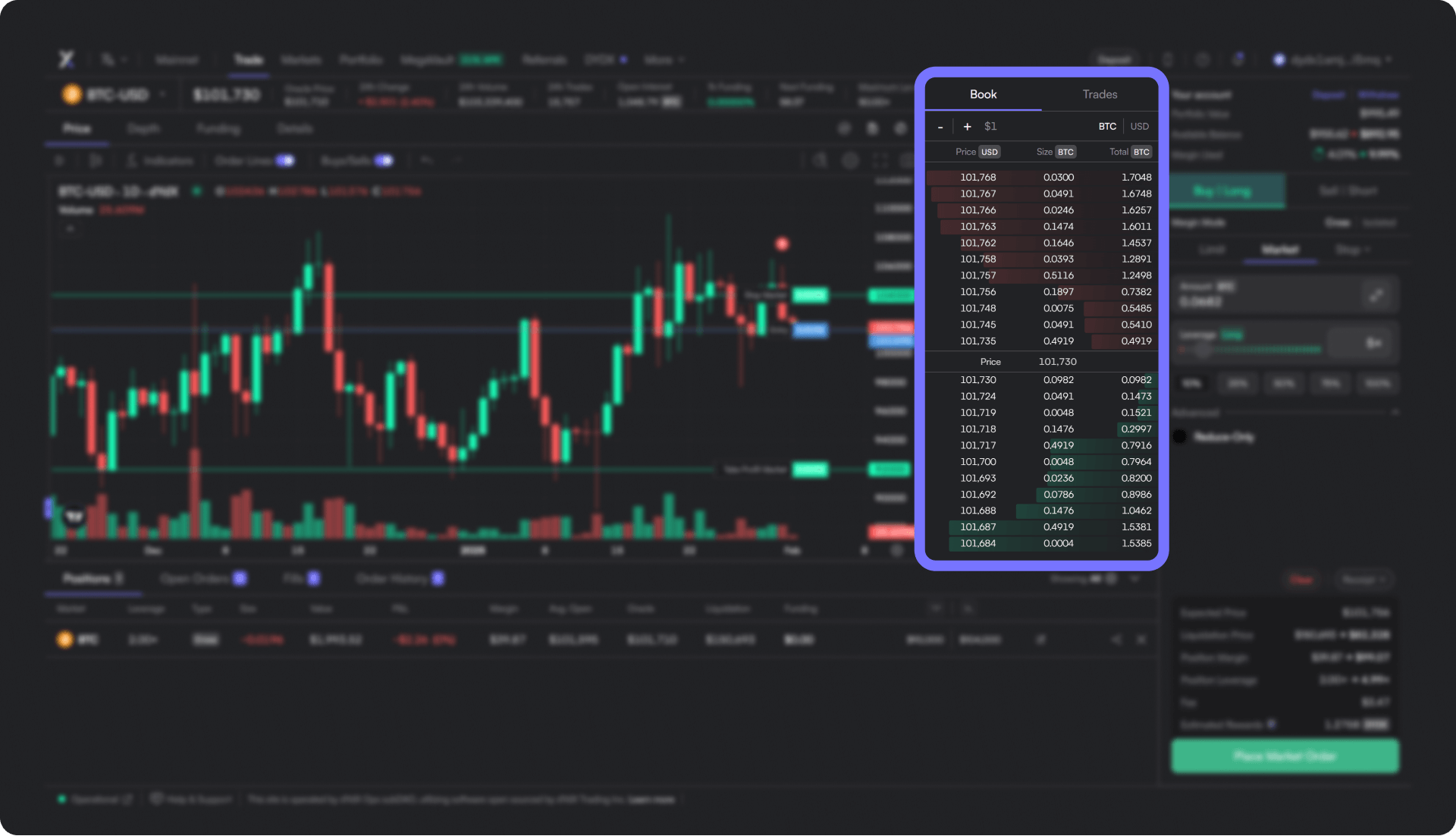
dYdXPros: Mature platform with a cumulative trading volume of $149 billion. Offers up to 50x leverage on over 220 perpetual markets, including synthetic stocks. Runs on a Cosmos-based proprietary chain for improved speed and lower latency. Renowned for robust security and a user-friendly interface.Cons: Limited to supported synthetic assets; advanced features may have a learning curve for beginners. Transition to Cosmos may require users to adapt to new wallet infrastructure.
-
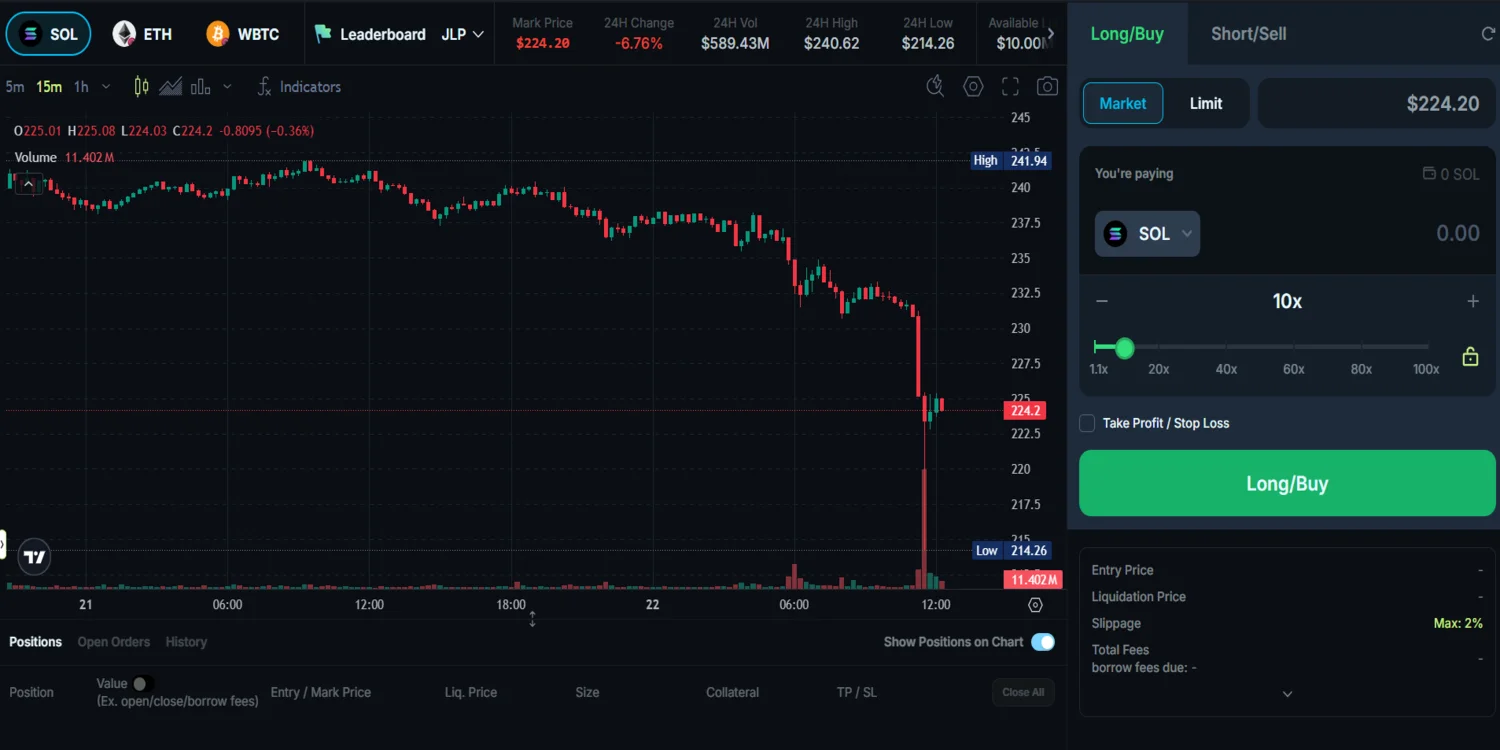
GMXPros: Operates on Arbitrum and Avalanche, with a 30-day trading volume of $6.02 billion and cumulative volume of $26.191 billion. Offers up to 50x leverage on major assets, including synthetic stocks. Features deep liquidity via the GLP multi-asset pool and zero-slippage trades.Cons: Asset selection for synthetic stocks is more limited than some competitors. Liquidity and execution may vary depending on market conditions.
-
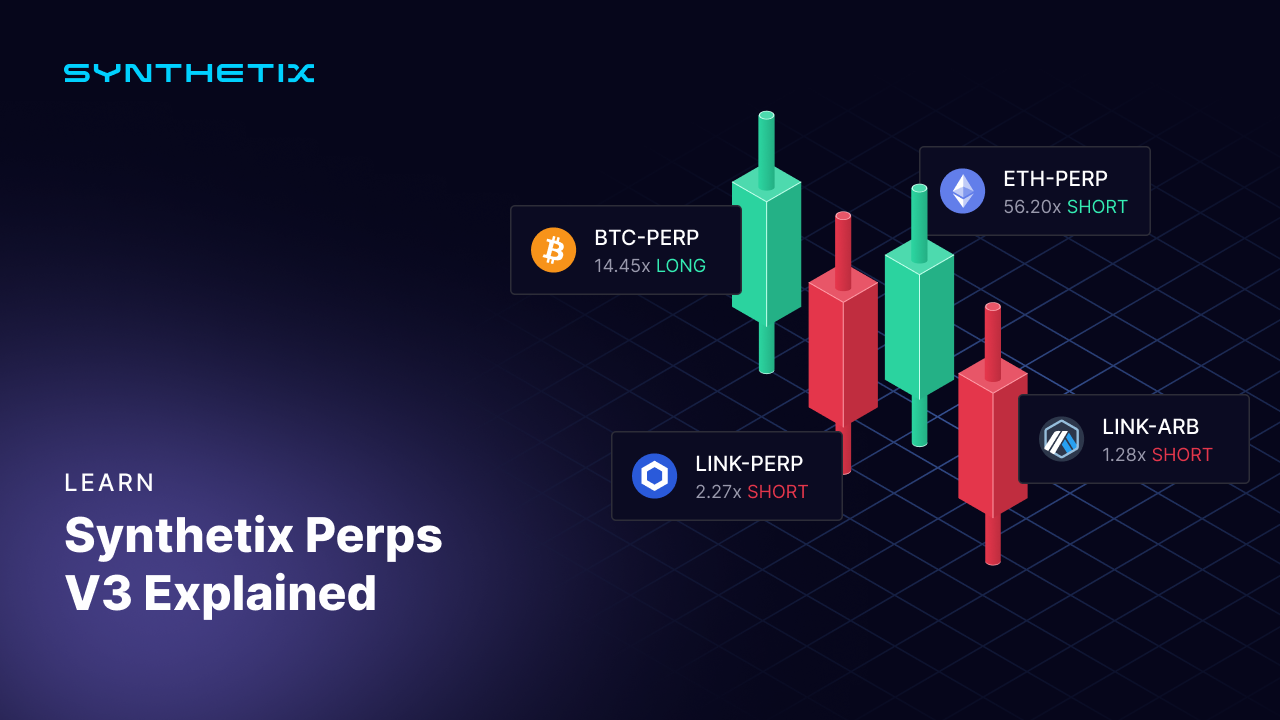
Synthetix (Perps V3)Pros: Pioneer in synthetic asset trading with Perps V3 offering improved capital efficiency and lower fees. Supports a wide range of synthetic stocks and assets. Integrates with multiple front-ends like Kwenta and Polynomial for flexible user experience.Cons: Complex system architecture can be daunting for new users. Reliant on network upgrades and governance for feature expansion.
-
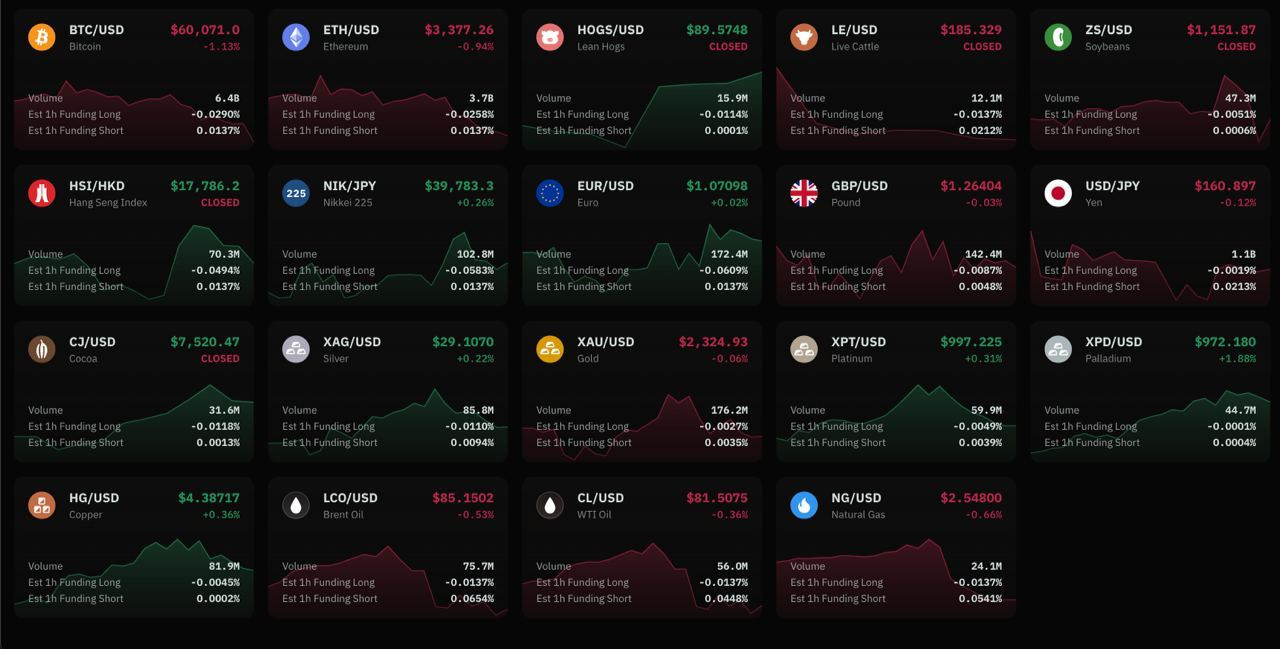
Ostium LabsPros: Decentralized protocol focused on synthetic perpetual contracts for real-world assets, including stocks. Built for composability and on-chain transparency. Offers innovative trading mechanics and a focus on security.Cons: Newer platform with lower trading volumes compared to established DEXs. Ecosystem and asset support are still expanding.
-
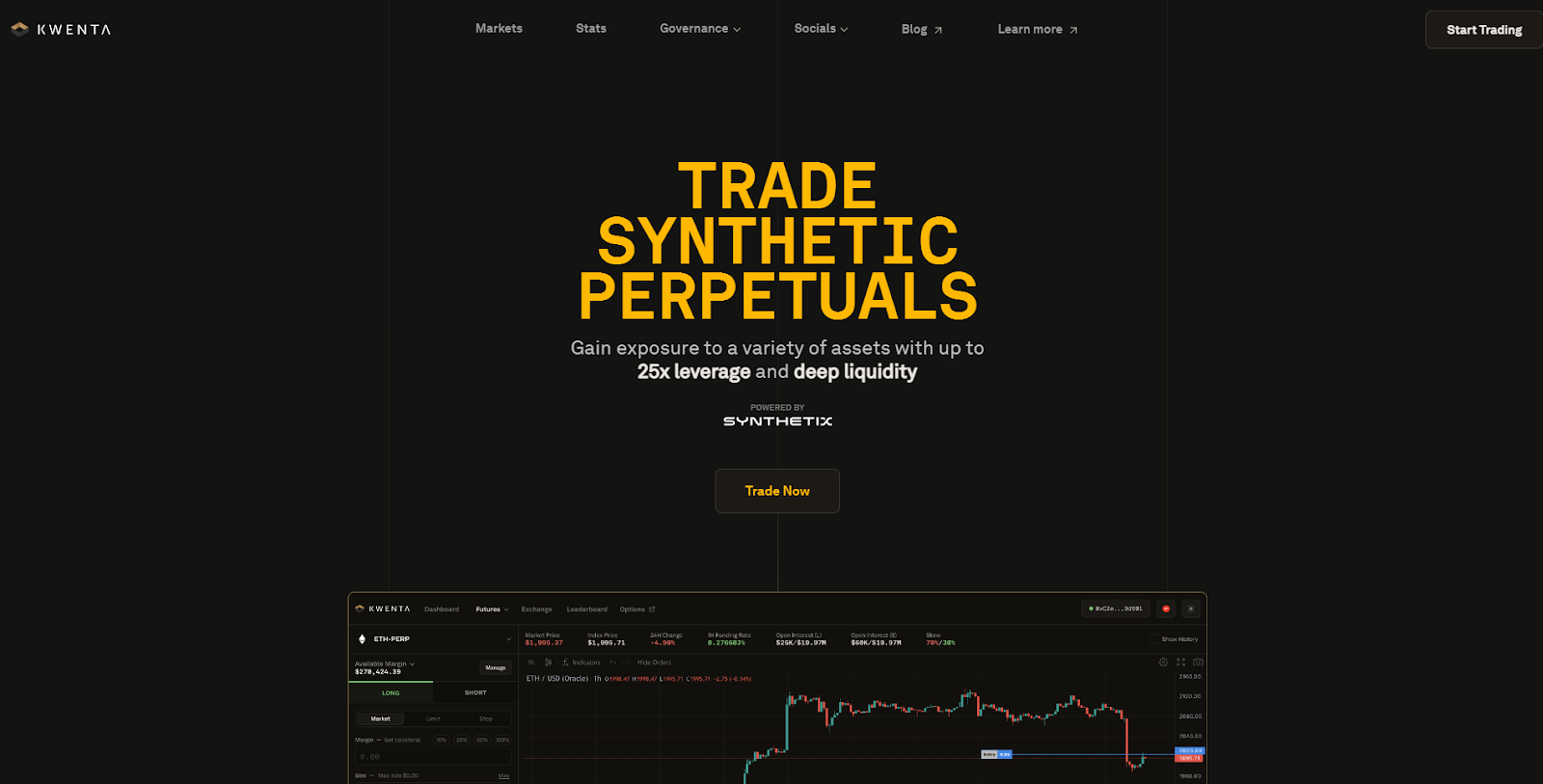
KwentaPros: User-friendly interface built on Synthetix, specializing in synthetic perpetuals. Offers advanced order types, analytics, and seamless integration with Synthetix Perps V3. Known for active governance and regular feature updates.Cons: Dependent on Synthetix protocol for liquidity and asset support. Some features may be limited by underlying protocol upgrades or network constraints.
Comparing Perpetual DEX Fees and Liquidity for Synthetic Stocks
Trading costs can make or break your edge when speculating on synthetic stocks. Let’s break down how these leading platforms compare:
| Platform | Typical Maker/Taker Fees | Max Leverage | Liquidity Depth (Synthetic Stocks) |
|---|---|---|---|
| dYdX | 0.02%/0.05% | 50x | High, especially after Cosmos migration |
| GMX | 0.1% flat (plus spread) | 50x | Deep via GLP pool; top-tier majors supported |
| Synthetix (Perps V3) | 0.01%–0.10% | 25x, 50x (varies by synth) | Broad range via synth liquidity pools |
| Ostium Labs | ~0.08% average | 20x | Niche but growing fast in RWA synthetics |
| Kwenta (via Synthetix) | Synthetix rates apply and small UI fee | Up to 50x* | Tightly integrated with Synthetix; strong depth on popular names |
*Leverage limits may vary by asset.
Which Perpetual DEX Is Best for You?
The right platform depends on your priorities:
- If you want CEX-like performance with deep books: dYdX is hard to beat.
- If your focus is simplicity and zero-slippage trades: GMX stands out.
- If you’re seeking broadest access to equity synths: Synthetix (and Kwenta) offer unmatched variety.
- If you want early access to synth RWAs or innovative perps: Ostium Labs is worth exploring.
- If you value a polished UI and advanced order types: Kwenta delivers both through its integration with Synthetix Perps V3.
No matter which you choose, always weigh security practices, slippage risk during high volatility, platform transparency, and community support before committing significant capital.
For a side-by-side feature breakdown or deeper dives into specific strategies, including how to trade Nasdaq or Apple perpetuals, check out our guides below:



